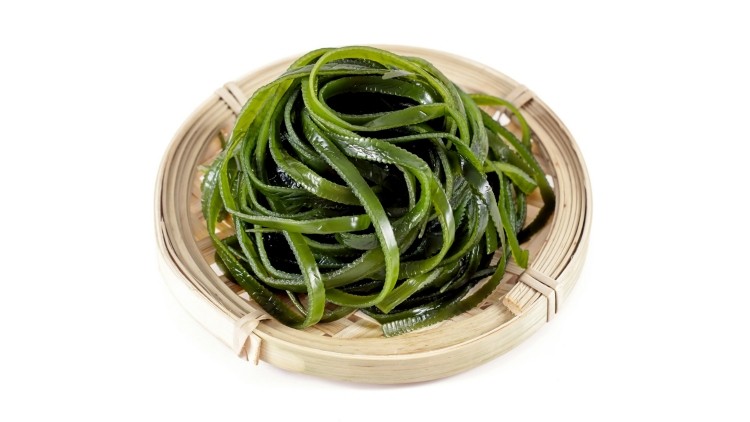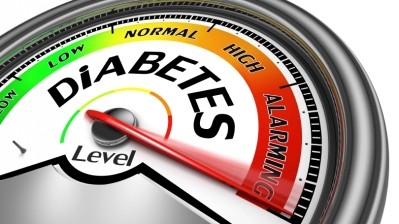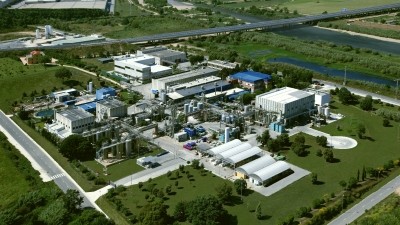Can seaweeds' impact on skeletal muscle inflammation help prevent diabetes?

Obesity induces chronic low-grade systemic inflammation, and together, obesity and inflammation often lead to insulin resistance in certain insulin-sensitive tissues, such as skeletal muscles, the liver, and adipose tissues, resulting in type 2 diabetes.
Skeletal muscle is vital in maintaining a balanced glucose level, which requires insulin-signalling by the enzyme phosphatidylinositol 3-kinase, and protein kinase B (Akt). At the same time, enzyme AMPK promotes intracellular glucose uptake independently from insulin.
Previous studies have shown that two types of brown seaweed, Laminaria japonica (LJ) and Hizikia fusiforme (HF), had anti-diabetic effects.
Does seaweed provide skeletal support?
Based on this, researchers at Cheju Halla General Hospital, Jeju National University and Sungshin Women's University conducted a study to explore these effects and their possible mechanisms using both in vitro and in vivo models.
For the in vitro study, they treated murine skeletal muscle cells with either LJ or HF extracts, and compared the results with that of an insulin-treated control group.
They observed that LJ and HF significantly decreased tumour necrosis factor-α (TNF-α), and increased the production of anti-inflammatory myokines interleukin-6 (IL-6) and interleukin-10 (IL-10) in the mice’s skeletal muscle cells.
They added: "Compared to the control group, the percentage of glucose uptake by LJ and HF was 126.76% and 119.24% respectively, which was comparable to the insulin-treated group as a positive control."
For the in vivo study, they used muscle tissue from mice that had received a 16-week high-fat diet supplemented with 5% LJ or HF, comparing the results with that of a group fed only a high-fat diet.
They subsequently noted that the mice's muscle tissues markedly enhanced phosphorylation of Akt and AMPK, compared to the group given only a high-fat diet.
Additionally, the treatment group showed improved insulin sensitivity and lowered fasting glucose levels.
The researchers also reported that while both extracts "significantly inhibited α-glucosidase activity in a dose-dependent manner", the HF extract was superior in this regard.
Furthermore, both extracts significantly increased glucose uptake, and induced phosphorylation of Akt and AMPK in both the in vitro and in vivo skeletal muscle models.
The researchers wrote: "Brown seaweeds contain plenty of carbohydrates, essential amino acids, vitamins, and minerals. In particular, their carbohydrates, such as laminarian and alginic acid, are a form of dietary fibre that delays gastric emptying to reduce the glucose and triglycerides in circulation.
"Furthermore, brown seaweeds have been reported to contain various phenolic compounds that have anti-oxidant, anti-inflammatory, and anti-carcinogenic effects.
"Taken together, these findings imply that the brown seaweeds LJ and HF could be useful therapeutic agents to attenuate muscle insulin resistance due to diet-induced obesity and its associated inflammation."
Further examination of extracts
The researchers said the study was limited by several factors. For instance, the physiological condition of the obese, insulin-resistant mice on a high-fat diet could not be completely mimicked in the myotubes' muscle cells.
Additionally, seaweed extract components differ depending on the solvents used — they used water extracts of both seaweeds in the in vitro model, and pulverised freeze-dried seaweeds in the in vivo model.
They concluded: "LJ and HF have strong potential to positively affect glucose homeostasis by inhibiting α-glucosidase activity, increasing muscle glucose uptake, and activating insulin signalling-related proteins. Furthermore, LJ and HF extracts influence inflammatory cytokine production in skeletal muscle cells.
"Further studies are warranted to narrow down a potential insulin-signalling cascade influenced by LJ and HF extracts."
Source: Nutrients
https://doi.org/10.3390/nu10040491
"Anti-Diabetic Effects and Anti-Inflammatory Effects of Laminaria japonica and Hizikia fusiforme in Skeletal Muscle: In Vitro and In Vivo Model"
Authors: Sae-ym Kang, et al.



















